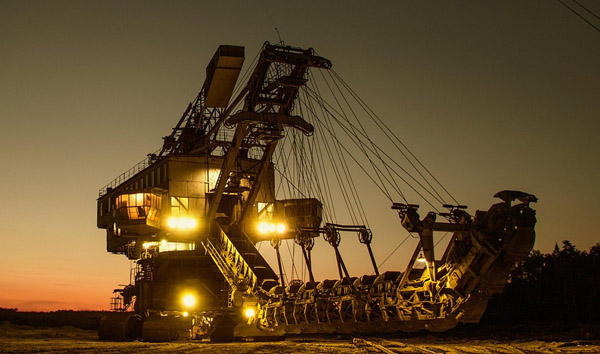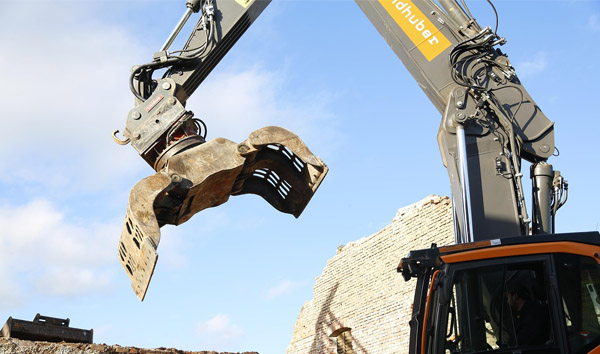Revolutionizing Heavy Load Handling with All-Terrain Forklifts
2025-08-03 03:45:32
The demand for all-terrain forklifts has surged in recent years, driven by industries that operate in challenging environments. Unlike traditional forklifts confined to smooth warehouse floors, all-terrain forklifts are engineered with reinforced tires, high ground clearance, and advanced suspension systems. These features enable them to navigate muddy construction sites, rocky agricultural fields, and even snowy landscapes with ease. According to industry reports, the global market for all-terrain forklifts is projected to grow at a CAGR of 6.8% from 2023 to 2030, reflecting their increasing adoption.
One of the standout advantages of all-terrain forklifts is their versatility. Equipped with powerful engines and hydraulic systems, they can lift heavy loads—often exceeding 10,000 lbs—while maintaining stability on uneven ground. For example, in the forestry sector, all-terrain forklifts are indispensable for transporting logs across rugged terrains where conventional machinery would fail. Their ability to operate in extreme conditions, including steep inclines and wet surfaces, makes them a preferred choice for disaster recovery operations as well.
Technological advancements have further enhanced the capabilities of all-terrain forklifts. Many modern models now feature telematics and IoT integration, allowing operators to monitor performance metrics in real time. GPS tracking, fuel efficiency optimization, and predictive maintenance alerts are just a few innovations that contribute to their operational efficiency. A recent case study from a leading construction firm revealed that integrating all-terrain forklifts with smart systems reduced downtime by 22% and improved load-handling accuracy by 18%.
Despite their benefits, the adoption of all-terrain forklifts requires careful consideration of factors such as terrain type, load capacity, and operator training. Companies must invest in specialized training programs to ensure safe operation, given the machine's complex handling requirements. Additionally, maintenance costs can be higher compared to standard forklifts due to the rugged components designed for durability. However, the long-term ROI, particularly in industries with demanding operational environments, justifies the investment.
In conclusion, the all-terrain forklift represents a significant leap forward in material handling technology. Its ability to perform under extreme conditions, coupled with smart features, positions it as an essential asset for industries operating beyond traditional warehouse settings. As innovation continues, we can expect even more advanced models that push the boundaries of efficiency and adaptability in heavy-load handling.














